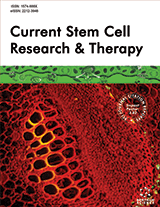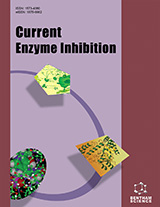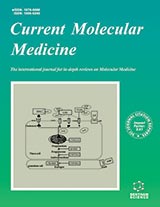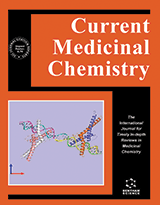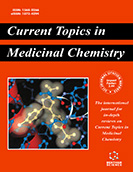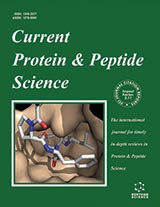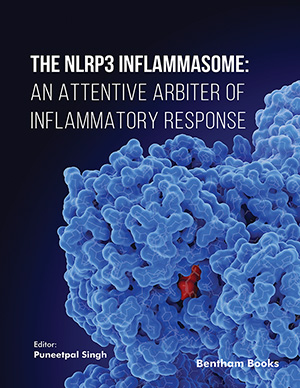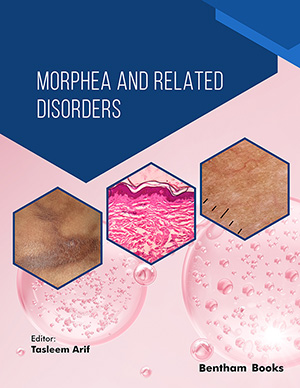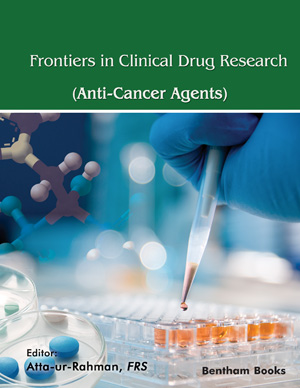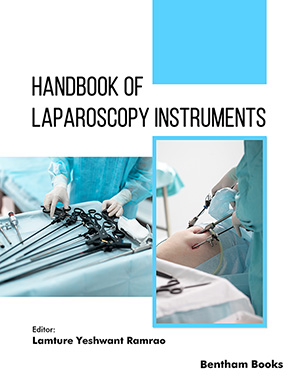Abstract
Mitochondrial diseases are clinical phenotypes associated with mitochondrial dysfunction, which can be caused by mutations of mitochondrial DNA (mtDNA) or of nuclear genes. Since there are no high-performance transfect systems yet to make particular mtDNA mutation, and tissue sources are limited by ethical issue and injury, the molecular pathogenesis of mitochondrial diseases remains poorly understood. The generation of induced pluripotent stem (iPS) cells from adult somatic cells has opened a remarkable avenue for theoretic study and therapeutic application. Patient-specific induced pluripotent stem cells and differentiated cells derived from them are attracting increasing attention to elucidate the mechanisms underlying mitochondrial diseases. In this review, we summarize the advances of iPS cells, advantages of patient- specific iPS cells as a novel disease model, especially in mitochondrial disease. Occurring challenges and perspectives of patient-specific iPS cells research are also discussed.
Keywords: Patient-specific iPS cells, disease model, mitochondrial disease.
Current Stem Cell Research & Therapy
Title:Patient-Specific Induced Pluripotent Stem Cell Models in Mitochondrial Diseases
Volume: 9 Issue: 2
Author(s): Xuan Zhang, Shishi Li, Wei Yang, Dajiang Qin, Luyang Yu and Qingfeng Yan
Affiliation:
Keywords: Patient-specific iPS cells, disease model, mitochondrial disease.
Abstract: Mitochondrial diseases are clinical phenotypes associated with mitochondrial dysfunction, which can be caused by mutations of mitochondrial DNA (mtDNA) or of nuclear genes. Since there are no high-performance transfect systems yet to make particular mtDNA mutation, and tissue sources are limited by ethical issue and injury, the molecular pathogenesis of mitochondrial diseases remains poorly understood. The generation of induced pluripotent stem (iPS) cells from adult somatic cells has opened a remarkable avenue for theoretic study and therapeutic application. Patient-specific induced pluripotent stem cells and differentiated cells derived from them are attracting increasing attention to elucidate the mechanisms underlying mitochondrial diseases. In this review, we summarize the advances of iPS cells, advantages of patient- specific iPS cells as a novel disease model, especially in mitochondrial disease. Occurring challenges and perspectives of patient-specific iPS cells research are also discussed.
Export Options
About this article
Cite this article as:
Zhang Xuan, Li Shishi, Yang Wei, Qin Dajiang, Yu Luyang and Yan Qingfeng, Patient-Specific Induced Pluripotent Stem Cell Models in Mitochondrial Diseases, Current Stem Cell Research & Therapy 2014; 9 (2) . https://dx.doi.org/10.2174/1574888X09666131230142018
| DOI https://dx.doi.org/10.2174/1574888X09666131230142018 |
Print ISSN 1574-888X |
| Publisher Name Bentham Science Publisher |
Online ISSN 2212-3946 |
 53
53
- Author Guidelines
- Graphical Abstracts
- Fabricating and Stating False Information
- Research Misconduct
- Post Publication Discussions and Corrections
- Publishing Ethics and Rectitude
- Increase Visibility of Your Article
- Archiving Policies
- Peer Review Workflow
- Order Your Article Before Print
- Promote Your Article
- Manuscript Transfer Facility
- Editorial Policies
- Allegations from Whistleblowers
- Announcements
Related Articles
-
Glycogen Synthase Kinase 3 as an Anticancer Drug Target: Novel Experimental Findings and Trends in the Design of Inhibitors
Current Pharmaceutical Design Searching for Phytoinsulins as Cardiovascular Protector in Metabolic Syndrome
Current Pharmaceutical Design Microvascular Function/Dysfunction Downstream a Coronary Stenosis
Current Pharmaceutical Design Insights Into the Role of microRNAs in Cardiac Diseases: From Biological Signalling to Therapeutic Targets
Cardiovascular & Hematological Agents in Medicinal Chemistry Pleiotropic Effects of Statin in Therapy in Heart Failure: A Review
Current Vascular Pharmacology Comparison of High-Sensitive CRP, RDW, PLR and NLR between Patients with Chronic Obstructive Pulmonary Disease and Chronic Heart Failure
Current Respiratory Medicine Reviews Role of Cardiac Magnetic Resonance Imaging in Patients with Idiopathic Ventricular Arrhythmias
Current Cardiology Reviews Developing New Anti-Arrhythmics: Clues from the Molecular Basis of Cardiac Ryanodine Receptor (RyR2) Ca2+-Release Channel Dysfunction
Current Pharmaceutical Design GLP - 1 Analogs: Newer Molecules, Newer Uses
Recent Patents on Endocrine, Metabolic & Immune Drug Discovery The Two Faces of Iminoalditols: Powerful Inhibitors Trigger Glycosidase Activation
Current Enzyme Inhibition Prophylaxis of Cancer
Current Cancer Therapy Reviews Role of Vascular Progenitor Cells in Cardiovascular Disease
Current Pharmaceutical Design Device Therapies: New Indications and Future Directions
Current Cardiology Reviews Anti-Diabetic Effects of Isolated Lipids from Natural Sources through Modulation of Angiogenesis
Current Molecular Pharmacology The Role of Protease-Activated Receptors for the Development of Myocarditis: Possible Therapeutic Implications
Current Pharmaceutical Design Cardiac Amyloidosis Responding to Bortezomib: Case Report and Review of Literature
Current Cardiology Reviews A Comprehensive Systemic Literature Review of Pericardial Decompression Syndrome: Often Unrecognized and Potentially Fatal Syndrome
Current Cardiology Reviews Biochemical and Docking Analysis of Substrate Interactions with Polyisoprenylated Methylated Protein Methyl Esterase
Current Cancer Drug Targets The Vectorcardiogram and the Main Dromotropic Disturbances
Current Cardiology Reviews Pleiotropic Effects of Cytokines on Acute Myocardial Infarction: G-CSF as A Novel Therapy for Acute Myocardial Infarction
Current Pharmaceutical Design


